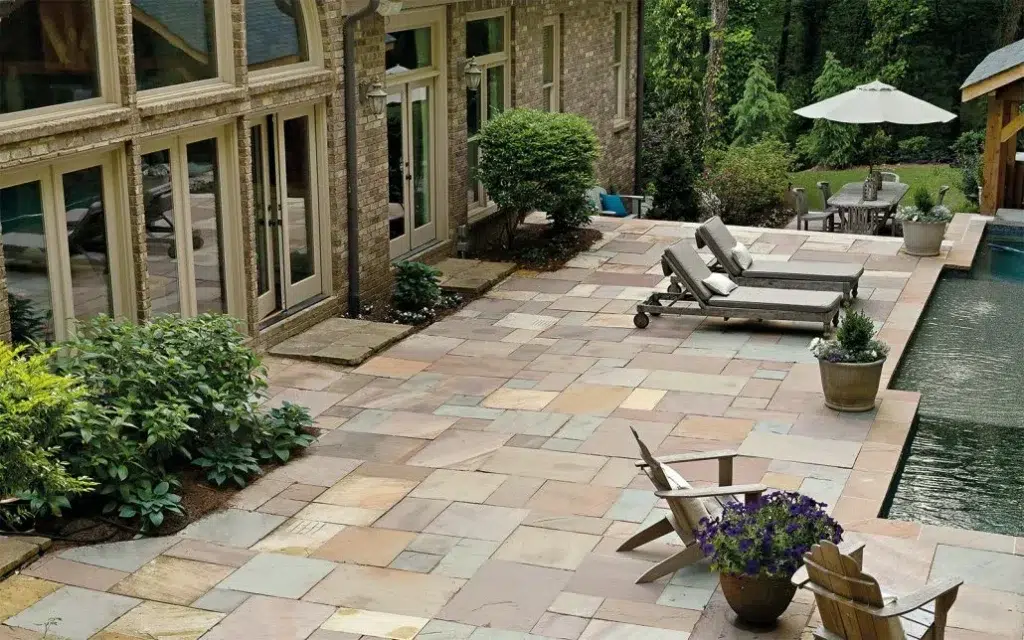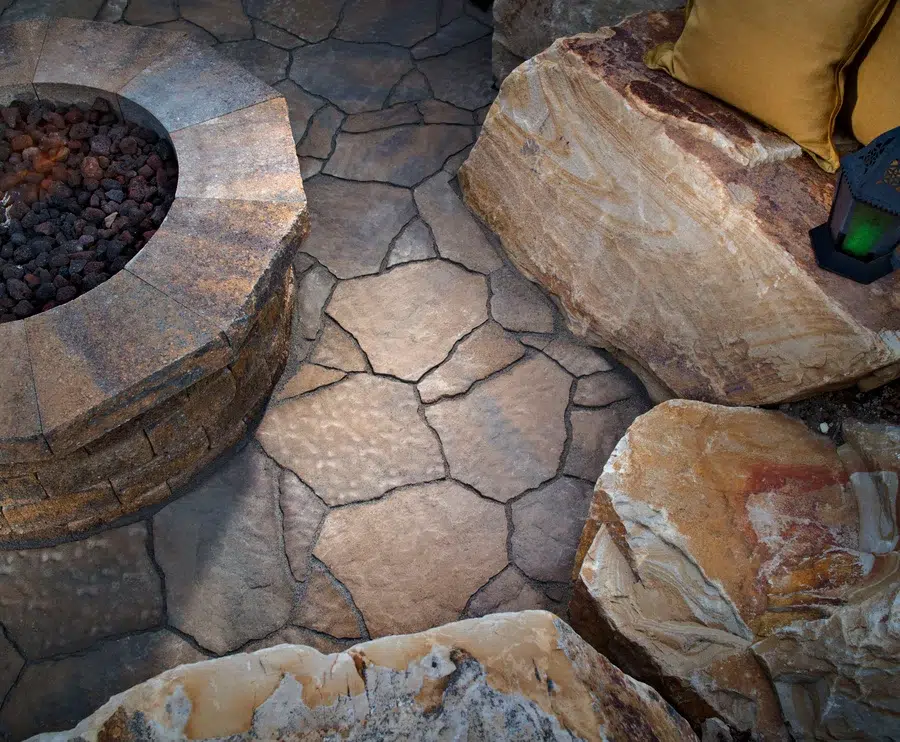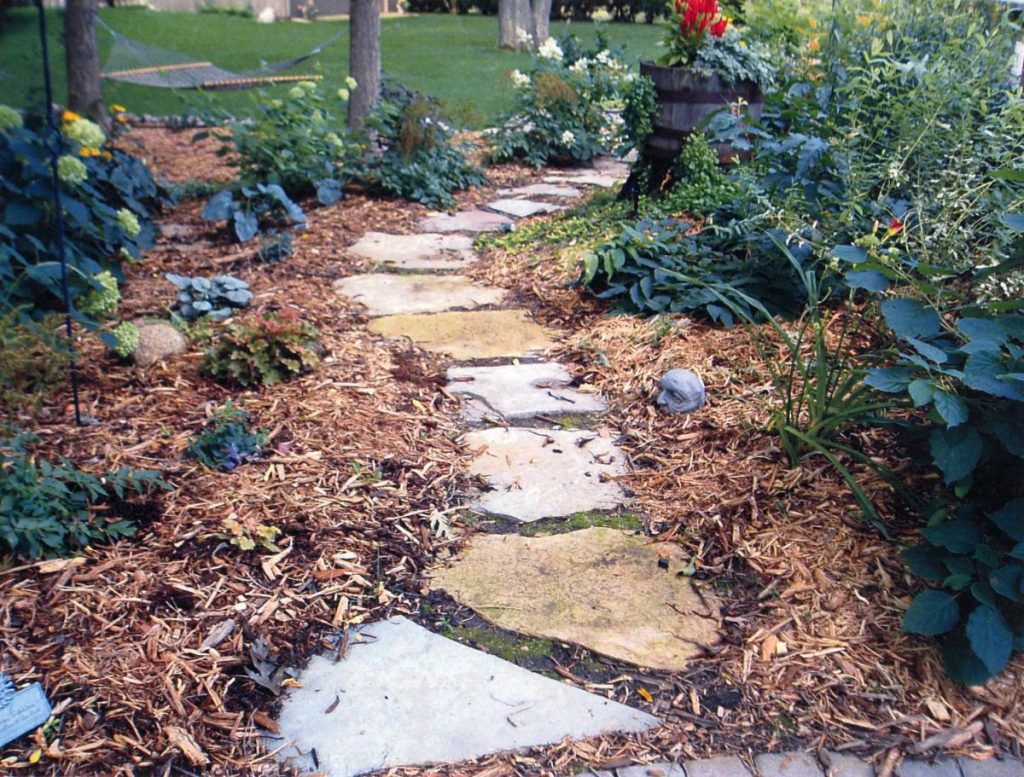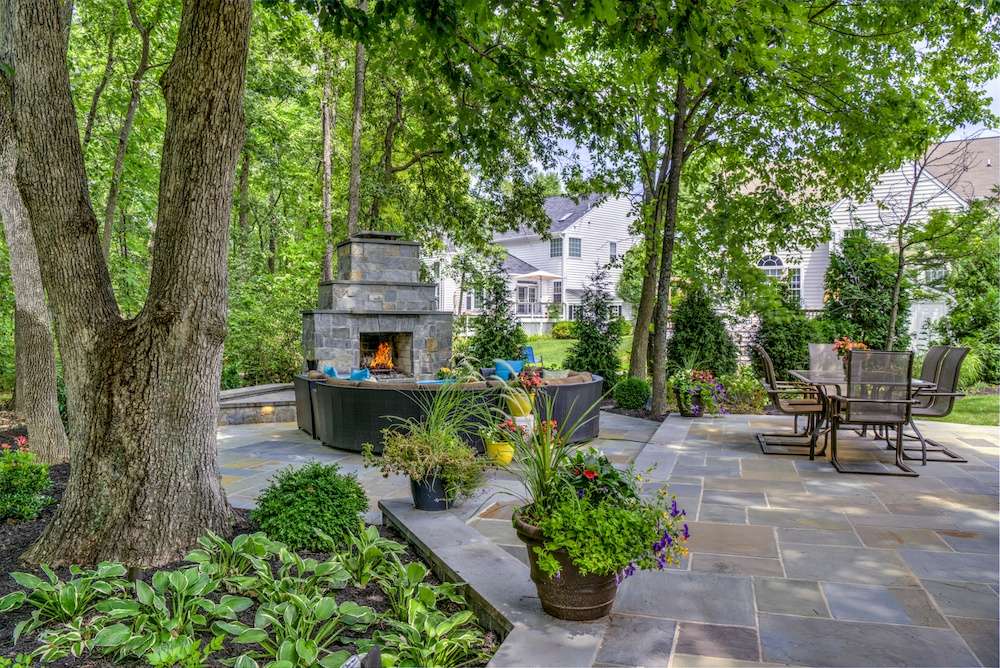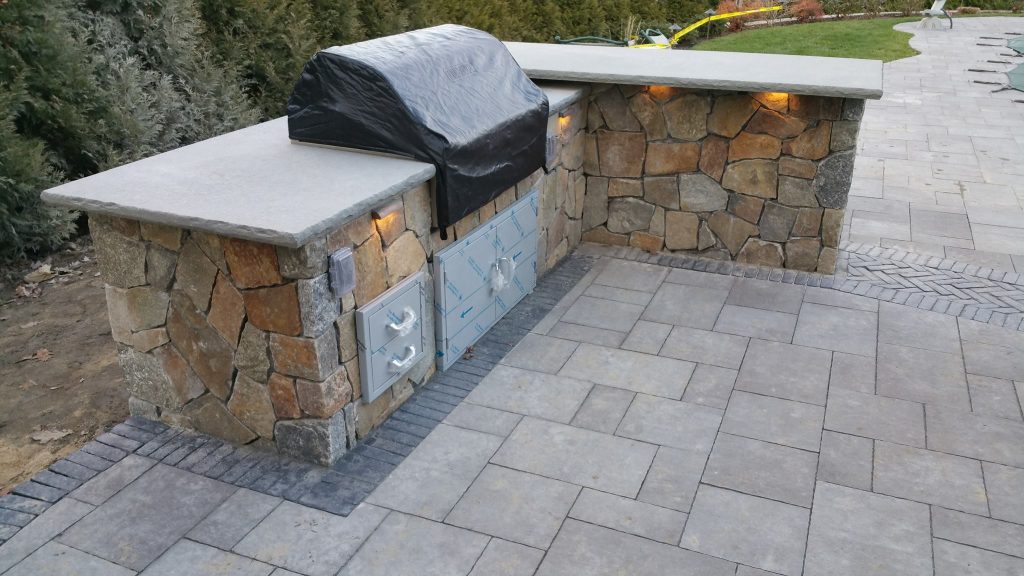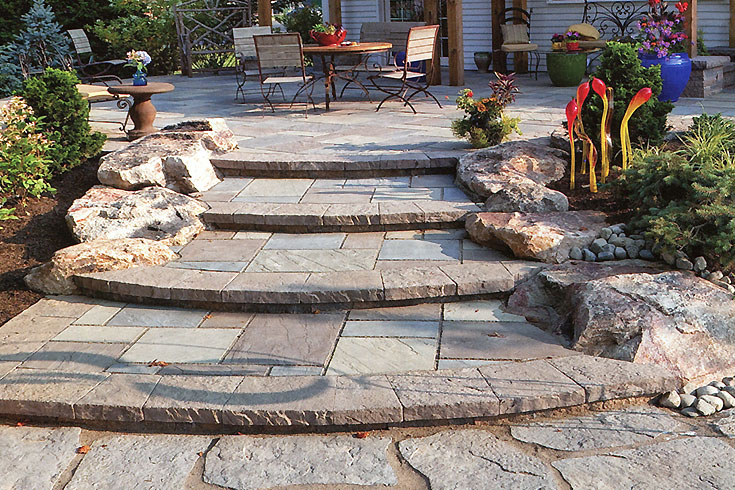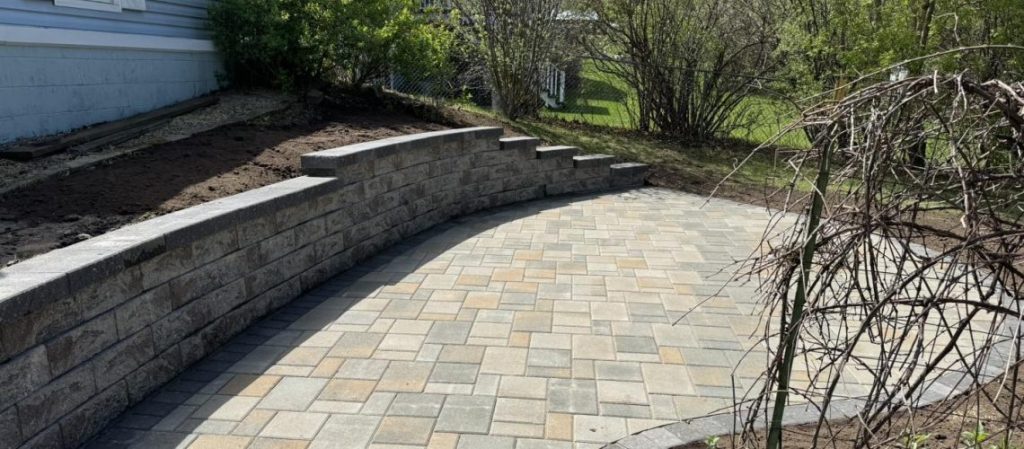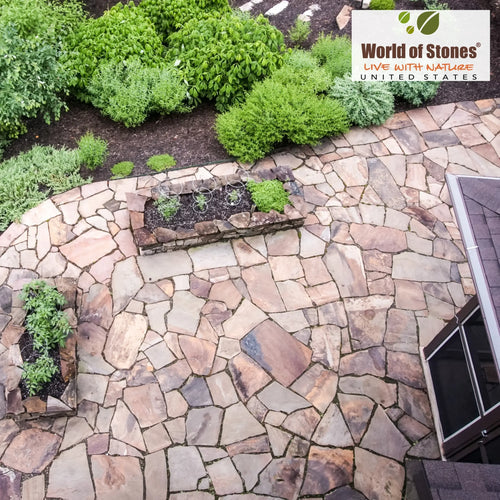Why are my pavers sinking?
Why are my pavers sinking? If you’ve noticed that your once-level patio or walkway now has dips or uneven spots, you’re not alone. Sinking pavers are a common issue that homeowners face—and while it can be frustrating, it’s also fixable. At [Your Company Name], we specialize in high-quality natural stone pavers, and we know just how important it is to keep your hardscape looking its best. Let’s explore why pavers sink and how to prevent it.
1. Poor Base Preparation
One of the most common reasons pavers begin to sink is improper base preparation. If the ground wasn’t excavated to the right depth or if the base materials (like gravel and sand) weren’t compacted properly, the pavers are more likely to shift and settle over time.
Solution:
Always dig deep enough—usually 6 to 8 inches—and use a strong foundation of compacted gravel topped with bedding sand. This provides the stability pavers need to last for years without shifting.
2. Insufficient Compaction
Even if the correct materials are used, failing to compact each layer properly can lead to sinking. Loose, uncompressed soil and aggregate allow the pavers to settle unevenly, especially under the weight of furniture, foot traffic, or vehicles.
Solution:
Use a plate compactor to firmly press down each layer—from the sub-base to the bedding sand. Proper compaction minimizes air pockets and prevents movement.
3. Poor Drainage
Water is a powerful force. If your paver installation doesn’t allow for proper drainage, water can accumulate under the surface, washing away base materials and causing pavers to sink or become uneven.
Solution:
Grade the base so water flows away from the surface, and consider installing drainage systems or using permeable pavers if your site is prone to water retention.
4. Soil Erosion
In areas with clay or loose soil, erosion can undermine the base of your paver system. Rainwater or irrigation can slowly wash away soil under the surface, leading to sinking or shifting.
Solution:
Using landscape fabric and edge restraints can help contain the base material. Also, improving site drainage and using a solid gravel base can reduce the risk of erosion.
5. Tree Roots and Natural Ground Movement
Roots from nearby trees can lift or shift pavers, and natural ground movement over time can also cause settling. In some regions, freeze-thaw cycles contribute to this as well.
Solution:
Install pavers away from large tree roots and monitor for ground movement. Using a thicker base layer can help reduce the effects of frost heave or shifting soil.
How to Fix Sinking Pavers
The good news is that sinking pavers can usually be repaired without a full reinstallation:
-
Remove the affected pavers.
-
Add and re-level the base material.
-
Compact the area.
-
Reinstall the pavers and ensure they’re even.
Prevent Issues Before They Start – Why are my pavers sinking?
At [Your Company Name], we offer durable, high-quality natural stone pavers designed to stand the test of time—when installed correctly. Whether you’re starting a new project or looking to repair an existing one, our team is here to help with materials, expert advice, and installation tips.
Need help with sinking pavers or planning a new patio?
Contact us today or stop by to see our selection of natural stone pavers. Let’s build something beautiful and long-lasting together.

